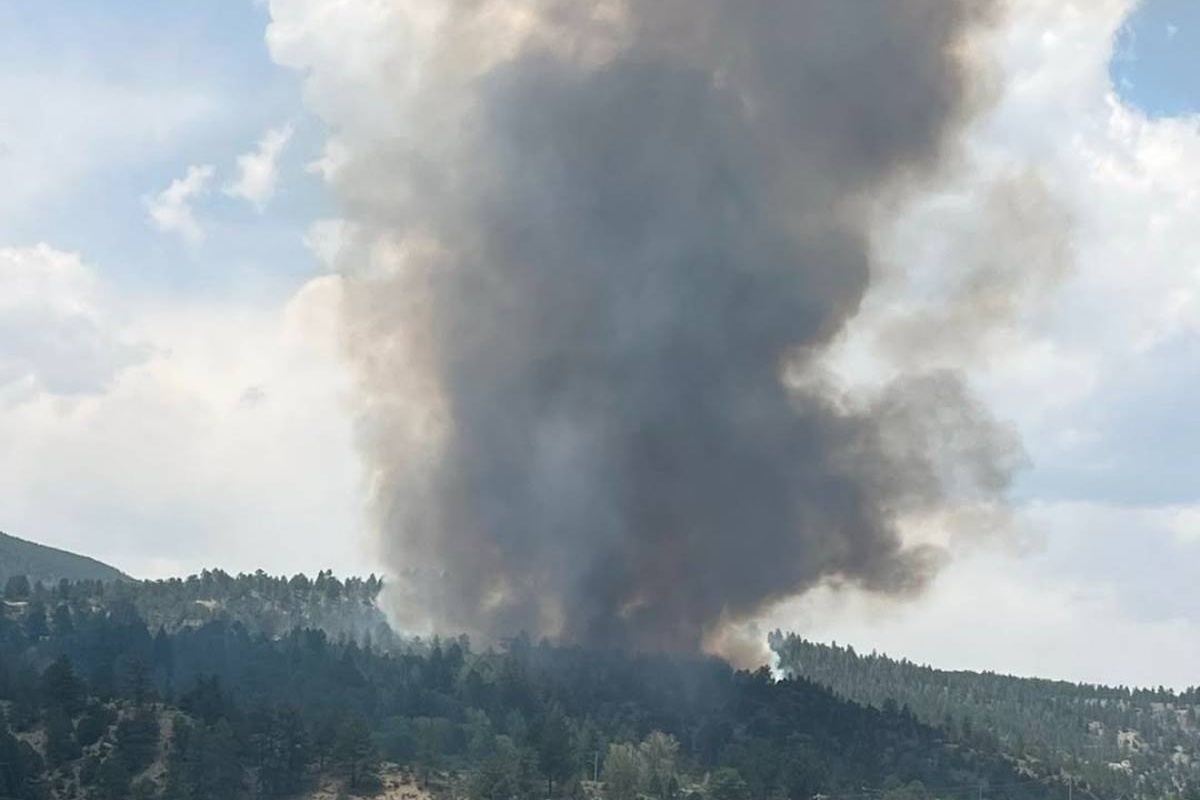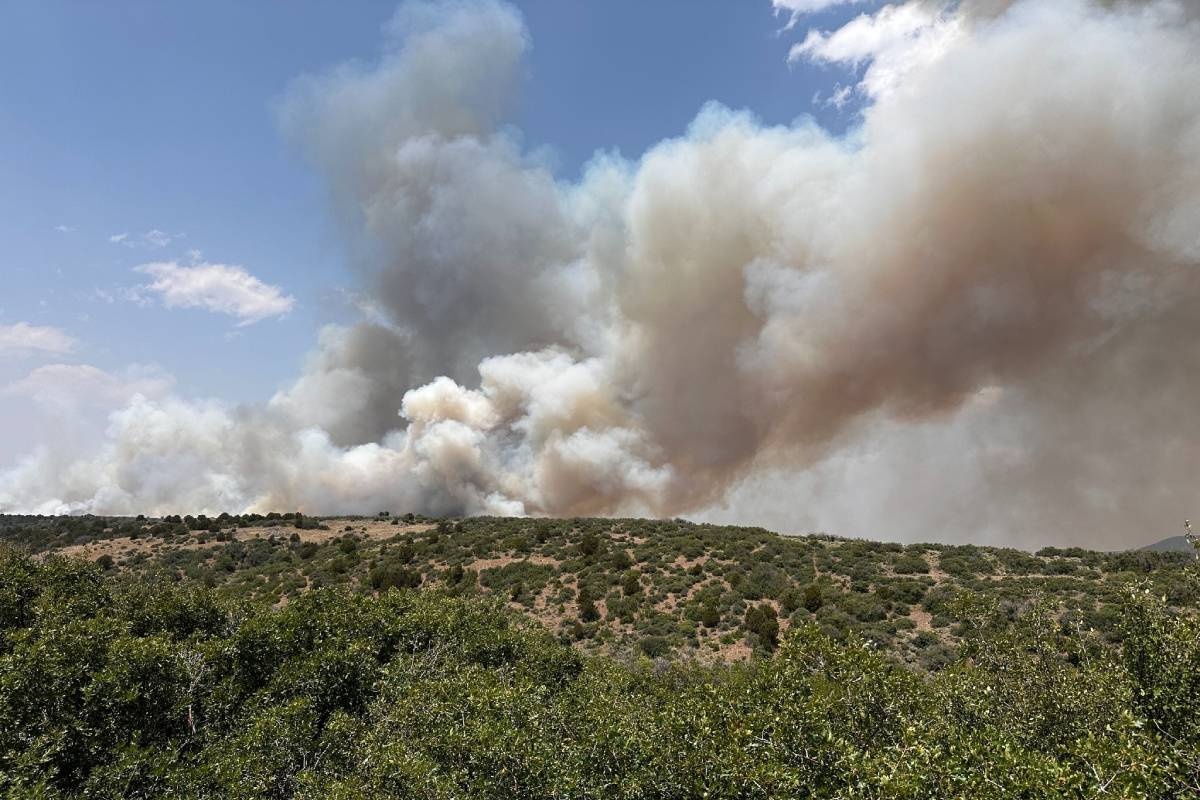
Health officials on state and county levels alike assumed that the mystery gastro-intestinal illness that closed every school in Mesa County School District 51 was norovirus because of the typically tell-tale signs of vomiting and diarrhea.
But on Monday, the first test for the disease came back negative.
Despite that, Jeff Kuhr, the executive director of Mesa County Public Health, said he isn’t ruling norovirus out, because there are more results pending.
“The thing I want to emphasize is that we're not focusing on this one test because we're actually trying to collect five total tests,” Kuhr said.
Another reason it could still be norovirus despite one negative result: It’s possible the person who provided the sample that was tested had a rarer strain of norovirus, or had another gastro-intestinal illness entirely, Kuhr said.
Regardless, treatment will remain similar.
“From a clinical perspective, this resembles norovirus and so that’s the way we’re treating it,” Kuhr said. “In the best scenario, this would be tapering off and we may not get [the samples] but the tapering is good from our perspective.”
The county has been struggling to get samples because it requires people to give them their poop to test. Not many people are lining up to provide it. Since there are a lot of cases of vomiting, but not as much of diarrhea, that makes an already small pool even smaller.
To help out, the state weakened its requirements and began to allow vomit samples. Colorado officials originally didn’t allow it because vomit tends to be too acidic to test.
Mesa County has taken to social media to encourage people to help track the illness. It even set up a hotline for people to report public vomiting.
Health officials are still not sure where this particular outbreak began, or if the multiple outbreaks across the state are related. Since Mesa County’s initial outbreak, cases have been found in Moffat, Garfield, Montrose and El Paso counties, as well as the Air Force Academy in Colorado Springs. A few schools in the Denver Metro Area have also reported outbreaks.
It has also been confirmed that norovirus was in Mesa County before the Palisade High School outbreak because of previous testing in October.
The Colorado Department of Public Health and Environment is still letting individual counties take the lead. Nicole Comstock, an outbreak and field epidemiologist supervisor at the state health department, said the state operates as more of a passive data collector when dealing with illnesses that are spread from person-to-person. That’s opposed to a more active role when illnesses have a more pointed source like salmonella.
“People tend to be hospitalized more and are sick longer with those kinds of illnesses,” Comstock said.
Kuhr said there isn’t a way to prevent norovirus outbreaks in the future.
Colorado gets between 150-250 norovirus or suspected norovirus outbreaks each year, and there are usually not any long-term health effects. Most people who get norovirus feel better within a day or two.
The general recommendations for the public are to wash their hands regularly and to stay away from other people if you become sick.









